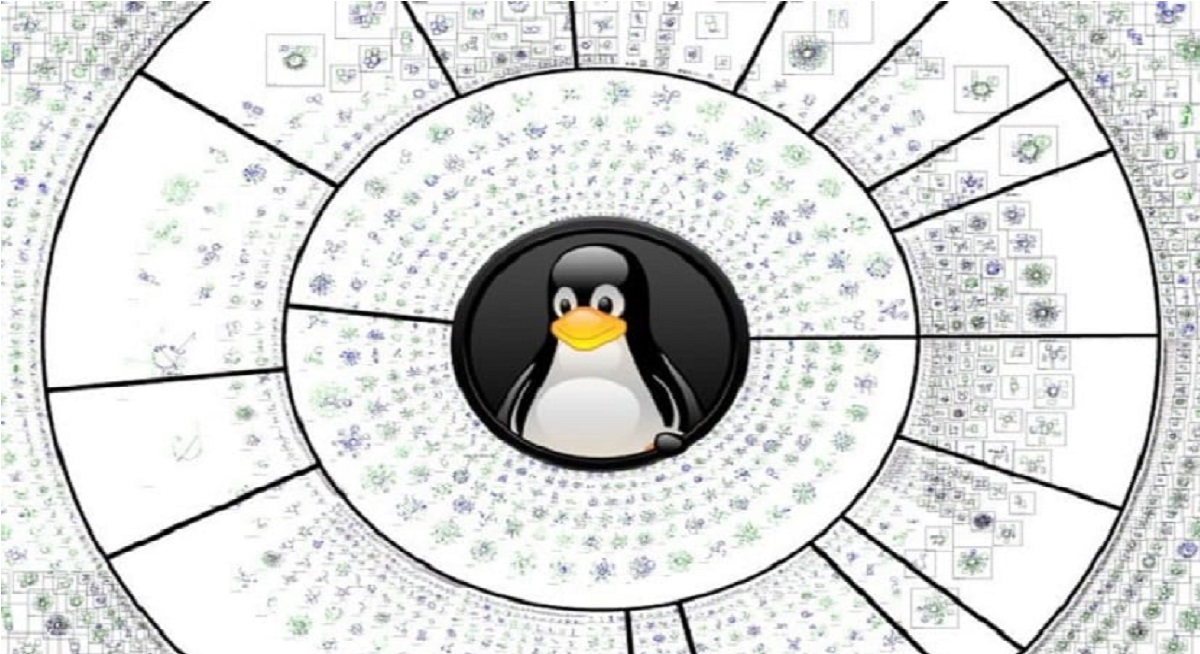
Linus Torvalds announced the availability of the new version of the Linux Kernel 5.9 on a mailing list. This is a version that introduces several new features and improvements, as well as new drivers in addition to driver updates.
Development of the Linux 5.9 kernel began about two months ago when Linus Torvalds announced the first Release Candidate (RC) milestone. After no less than eight RCs, the final version of the kernel is now available and should be shipping to some of the most popular Linux distributions in the coming weeks.
As for the strengths from Linux 5.9, there is support for Unicore architecture, support for Zstandard compression (Zsdt) to compile x86 kernels, full support for read operations asynchronous buffers on the io_uring subsystem, plus a new rescue option and various performance improvements for the Btrfs file system.
There are also support for FSGSBASE x86 instructions, capability support for deadline scheduler, a new sysctl button, online encryption support for EXT4 and F2FS file systems as well as support for NVIDIA Tegra210 external memory controllers and support for Chrome OS built-in controller controllers.
In addition, Linux 5.9 brings a new system call close_range (), support for Intel “Keem Bay” Movidius VPUs, support for parallel redundancy protocol, support for BPF iterators on TCP and UDP sockets, support for extended attributes for NFS 4.2 clients and schedutil as default CPU frequency regulator for ARM and AArch64 architectures ( ARM64).
In addition, Added support for ARM boards, devices and platforms is highlighted: Pine64 PinePhone v1.2, Lenovo IdeaPad Duet 10.1, ASUS Google Nexus 7, Acer Iconia Tab A500, Qualcomm Snapdragon SDM630 (used in Sony Xperia 10, 10 Plus, XA2, XA2 Plus and XA2 Ultra), Jetson Xavier NX, Amlogic WeTek Core2 , Aspeed EthanolX, five new NXP i.MX6 based boards, MikroTik RouterBoard 3011, Xiaomi Libra, Microsoft Lumia 950, Sony Xperia Z5, MStar, Microchip Sparx5, Intel Keem Bay, Amazon Alpine v3, Renesas RZ / G2H.
For cgroups, a new slab memory handler is implemented, which is notable for the transfer of slab accounting from the memory page level to the kernel object level, making it possible to share slab pages across different cgroups, rather than allocating separate slab caches for each cgroup. The proposed approach allows increasing the efficiency of the use of, reduce the size of memory used for slab by 30-45%, significantly reduce the total memory consumption by the kernel and reduce memory fragmentation.
Regarding the improvements with graphics, it is highlighted that amdgpu driver adds initial GPU support for AMD Navi 21 (Navy Flounder) and Navi 22 (Sienna Cichlid). Added support for UVD / VCE video encoding and decoding acceleration engines for Southern Islands GPUs (Radeon HD 7000). Added a property to rotate the screen by 90, 180 or 270 degrees.
Interestingly, the AMD GPU driver is the largest driver in the kernel - it contains approximately 2,71 million lines of code, which is approximately 10% of the total kernel size (27,81 million lines).
At the same time, 1.79 million lines are in the automatically generated header files with data for the GPU registers, and the C code is 366 thousand lines (in comparison, the Intel i915 controller includes 209 thousand lines and Nouveau - 149 thousand ).
The controller Nouveau adds support for CRC integrity checks (Cyclic Redundancy Checks) frame by frame on NVIDIA GPU display engines. The implementation is based on the documentation provided by NVIDIA.
Of course, many new and updated drivers are included in this new version important kernel to add support for more newer hardware components. Some security-related features are also present, as well as the usual bug fixes and internal kernel changes.
Finally, this new version can be downloaded from kernel.org, if you want to build your own kernel. For others, you can wait for the stable Linux 5.9 kernel to reach the stable software repositories of your GNU / Linux distribution before upgrading from a previous version.
As for the next version of Linux 5.10, it is expected that it should arrive in the middle of December or during the Christmas holidays.